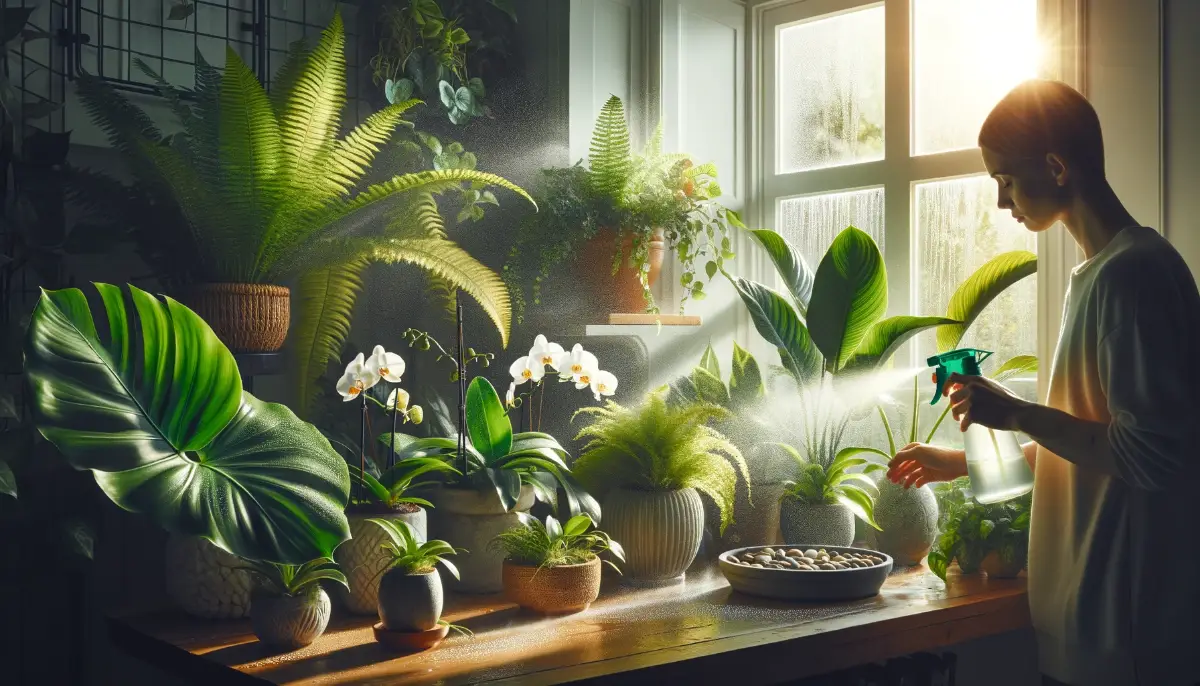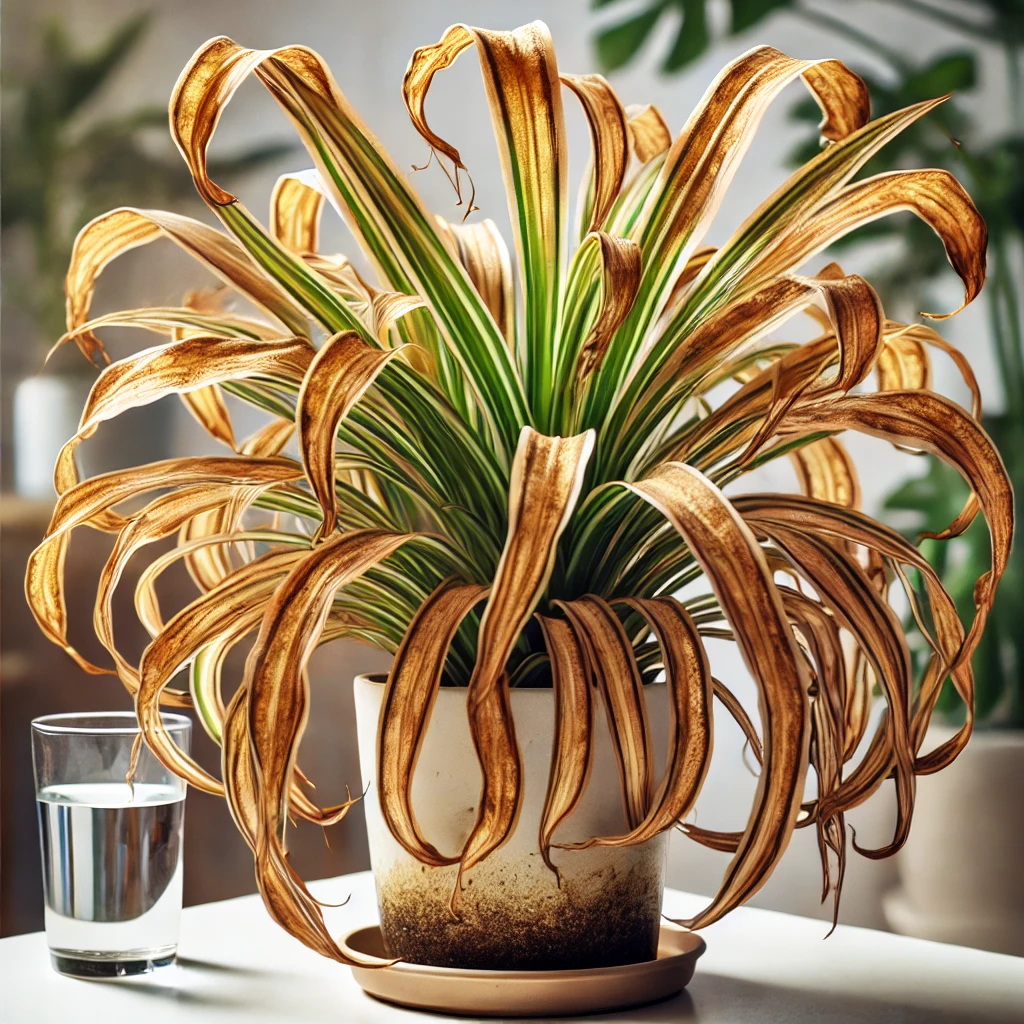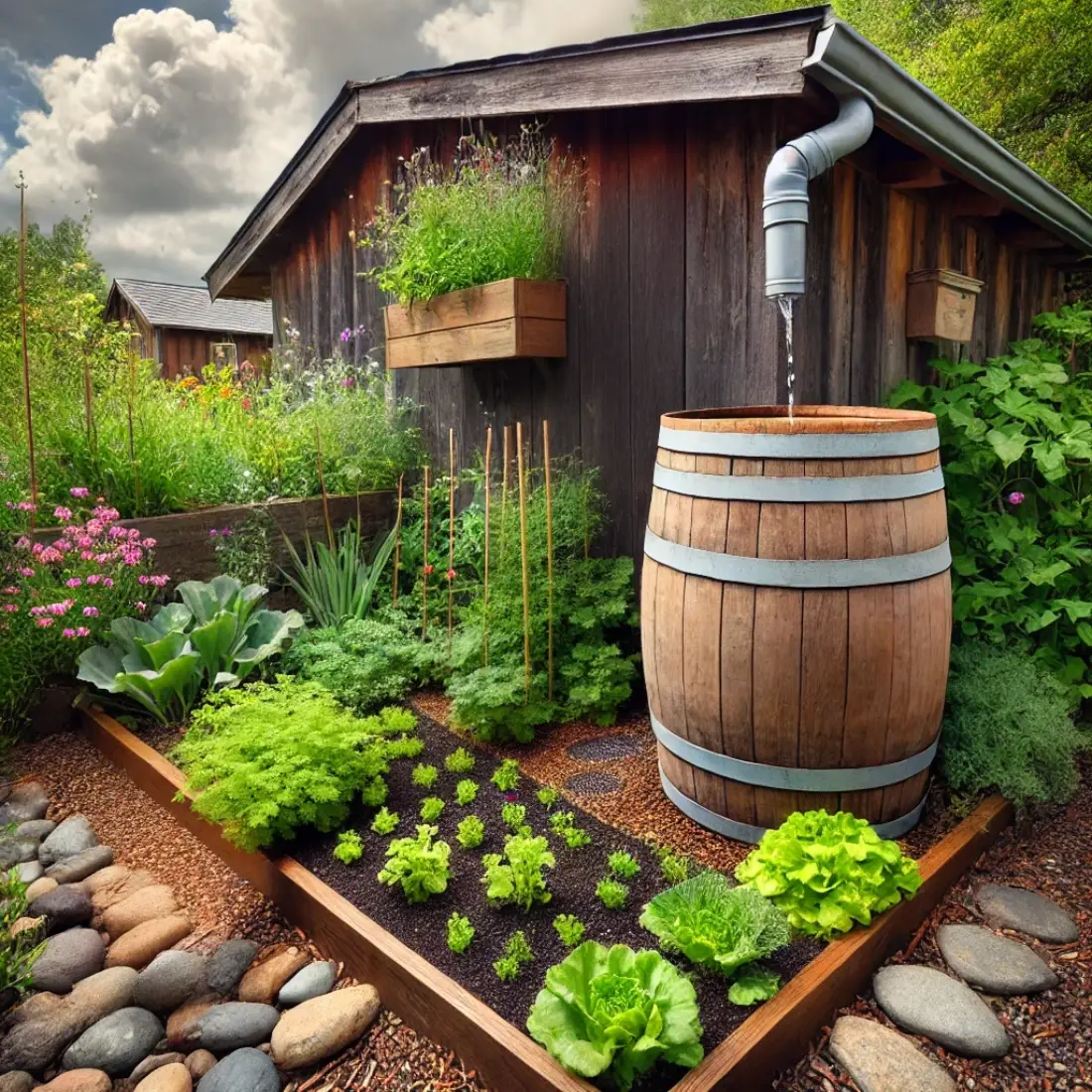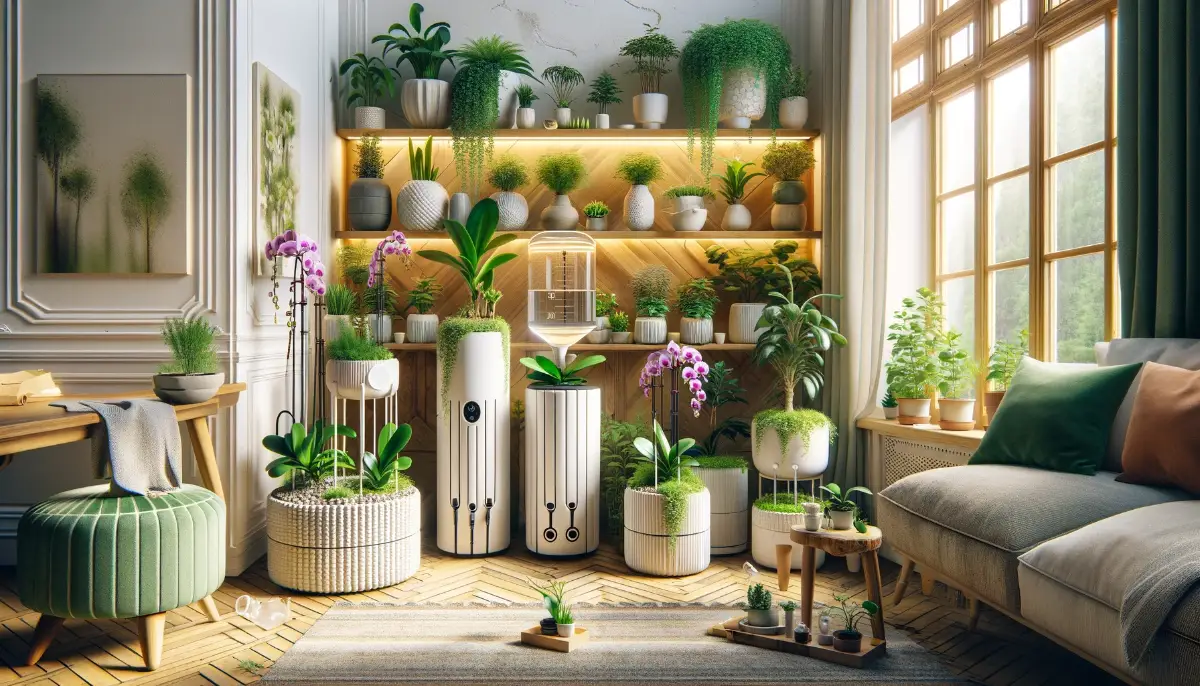Misting indoor plants is a popular practice among plant enthusiasts, especially for maintaining humidity levels around foliage. However, misting requires a proper technique to benefit your plants without causing harm.
Whether you’re a seasoned indoor gardener or just getting started, understanding how to mist plants properly can significantly enhance their health and appearance.
- Misting improves plant health by increasing humidity, especially for tropical plants.
- Choosing the right plants for misting and using the proper misting technique helps prevent issues like mold.
- Alternatives to misting include using pebble trays or humidifiers to maintain humidity levels without direct misting.
Why Misting Matters for Indoor Plants
Indoor plants, especially those from tropical and subtropical environments, often struggle with the low humidity levels found in most homes. Misting helps recreate the moist air of tropical climates and offers several benefits:
- Pest Prevention: Misting can help deter pests by keeping the leaves moist.
- Dust Removal: Regular misting cleans dust from the leaves, allowing better light absorption.
- Enhanced Photosynthesis: By maintaining adequate moisture levels, misting supports essential plant functions like photosynthesis and respiration.
How to Mist Indoor Plants Properly
For misting to be effective, it’s essential to follow the right technique. Here are the best practices for misting your plants:
1. Best Time for Misting
The ideal time to mist your plants is in the morning, mimicking the natural dew in tropical climates. Morning misting allows plants to absorb moisture throughout the day, reducing the risk of fungal diseases that can develop if leaves remain wet overnight.
2. Proper Misting Technique
- Use a Fine Spray Bottle: A gentle mist ensures that water is evenly distributed without overwhelming the plant.
- Maintain Distance: Mist from a distance of 6-12 inches (15-30 cm) to avoid drenching the leaves. This replicates the effect of light rain, preventing excess water buildup, which can lead to rot or fungal infections.
3. Water Type for Misting
Avoid using tap water, as it often contains minerals that can leave deposits on plant leaves. Distilled or rainwater is ideal for misting since it prevents mineral buildup and ensures your plants receive clean, moisture-rich hydration.
Which Indoor Plants Benefit from Misting?
Not all indoor plants require misting, but those from tropical and subtropical regions thrive with regular humidity boosts. Here’s a list of plants that benefit from misting:
- Ferns (e.g., Boston Ferns)
- Orchids
- Monsteras
- Peace Lilies
- Calatheas (Prayer Plants)
- Alocasias (Elephant Ear)
- Philodendrons
- Anthuriums
- Pothos (Devil’s Ivy)
- Spider Plants
- Ficus (Fiddle Leaf Fig, Rubber Plant)
- Bromeliads
- Fittonia (Nerve Plant)
These plants thrive in high humidity, and misting helps recreate their native environments, supporting healthier growth and more vibrant foliage.
Common Mistakes to Avoid When Misting Indoor Plants
While misting can be beneficial, it’s essential to avoid common mistakes that can harm your plants:
1. Over-Misting
Over-misting can create consistently wet conditions, which promote fungal growth, such as powdery mildew or root rot. Always allow the leaves and soil surface to dry between misting sessions.
2. Using Tap Water
Tap water often contains chemicals like chlorine and fluoride, which can damage plants over time. It can also leave white spots on leaves. Distilled water is a better option for misting, ensuring your plants receive pure hydration without chemical buildup.
3. Misting at the Wrong Time
Misting at night or during the hottest part of the day can cause issues. Nighttime misting leaves water on the leaves for too long, increasing the risk of mold. Misting during direct sunlight can lead to leaf burn as water droplets magnify sunlight. Stick to early morning misting for the best results.
Alternatives to Misting Indoor Plants
If misting isn’t practical or beneficial for your specific plants, there are alternatives to help maintain the necessary humidity levels:
1. Pebble Trays
A simple and effective alternative to misting is to use humidity trays. Fill a shallow tray with pebbles and water, placing the plant pot on top. As the water evaporates, it increases humidity around the plant without wetting the leaves.
2. Room Humidifiers
Using a room humidifier can help maintain consistent humidity levels. Ultrasonic or cool mist humidifiers are particularly effective during dry months when indoor heating can lower humidity. These devices are adjustable, providing optimal conditions for humidity-loving plants.
3. Grouping Plants Together
Placing plants close together can naturally increase humidity through transpiration. As plants release water vapor, they create a more humid microenvironment, benefiting each other in the process.
Misting indoor plants can be a simple and effective way to maintain healthy humidity levels, particularly for tropical and subtropical varieties. By following the proper misting techniques and avoiding common mistakes, you can help your plants thrive. If misting isn’t right for your plants, consider alternatives like pebble trays or humidifiers to maintain optimal moisture levels in your indoor garden.
FAQs About Misting Indoor Plants
How often should I mist my indoor plants?
The frequency of misting depends on the specific plant type, the current season, and the humidity level of your home. As a general rule, mist tropical plants 2-3 times a week during the growing season (spring and summer). In winter, or if your home is particularly dry, you may need to mist more frequently. Always observe your plants for signs that they might need more or less misting.
Can misting help increase humidity for my indoor plants?
Yes, misting can temporarily increase the humidity around plants, which is beneficial for those that thrive in moist environments. However, for a more sustained increase in humidity, consider using a humidifier or placing your plants in a more naturally humid area, such as a kitchen or bathroom.
Is it possible to over-mist my plants? What are the signs?
Yes, over-misting can lead to problems such as fungal infections, leaf spots, and root rot. Signs of over-misting include yellowing leaves, wilting, and the presence of mold or mildew on the plant or soil surface. If you notice these signs, reduce the frequency of misting and ensure the plant has good air circulation.
Should I mist my plants at a certain time of day?
It’s best to mist your plants in the morning. This allows the water droplets on the foliage to evaporate throughout the day, reducing the risk of fungal diseases that can occur if leaves remain wet overnight.
Can I use tap water for misting my plants?
While tap water is generally safe for misting most plants, it can contain minerals and chemicals that might leave residues on leaves over time. If your tap water is hard or heavily chlorinated, consider using distilled, filtered, or rainwater for misting to avoid potential issues.
Are there any plants I should avoid misting?
Yes, some plants prefer dry conditions and are susceptible to issues if their leaves stay moist. These include succulents, cacti, and some types of herbs like lavender and rosemary. Always research the specific needs of your plants before misting.
Does misting provide enough water for my plants?
Misting is primarily for increasing humidity and should not replace regular watering practices. Plants absorb most of their water through their roots, so ensure you’re watering your plants adequately based on their specific needs.
How can I tell if my plant is benefiting from misting?
Signs that your plant is benefiting from misting include new growth, healthy and vibrant leaves, and an overall improvement in plant vigor. If your plant continues to look stressed or unhealthy, consider adjusting your misting routine or investigating other care needs.










